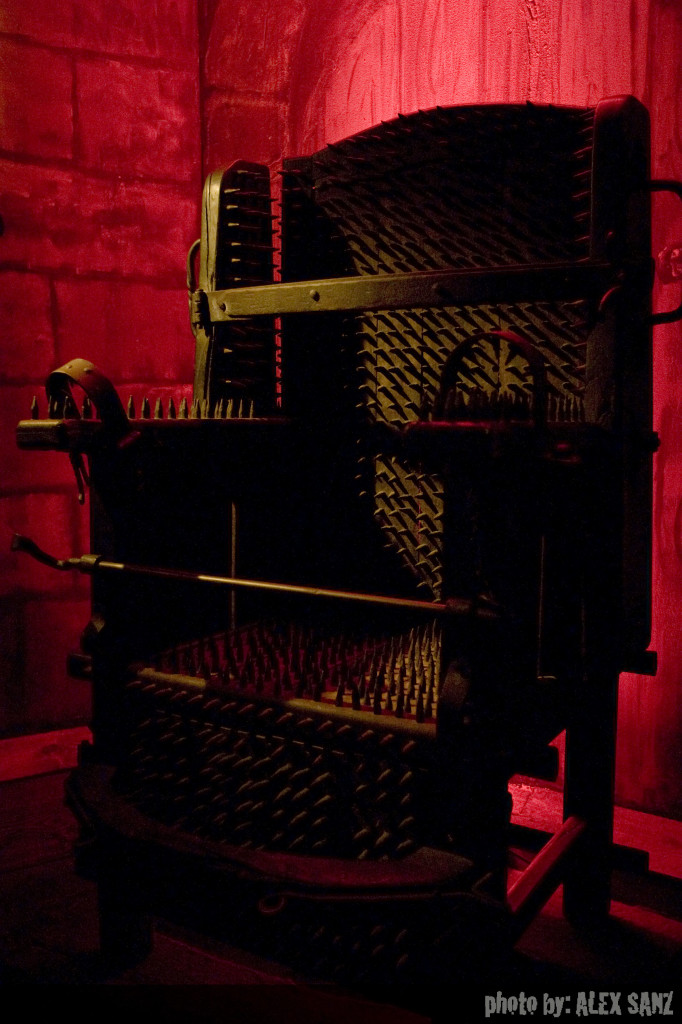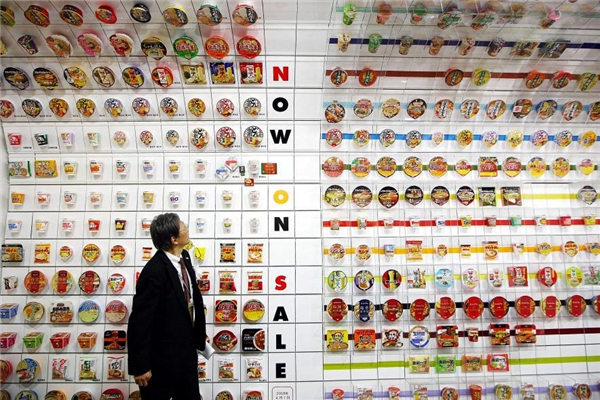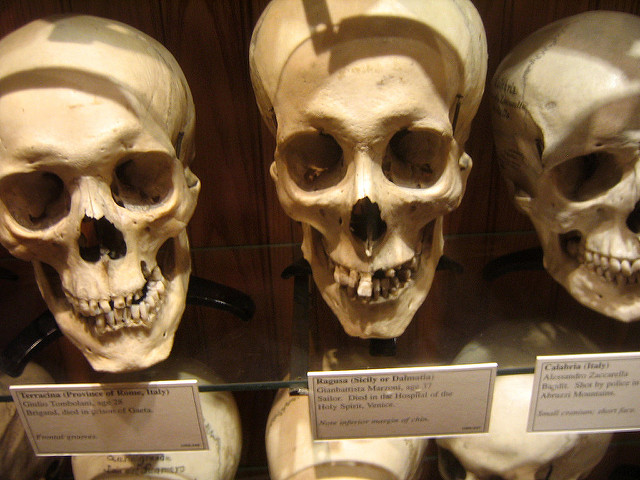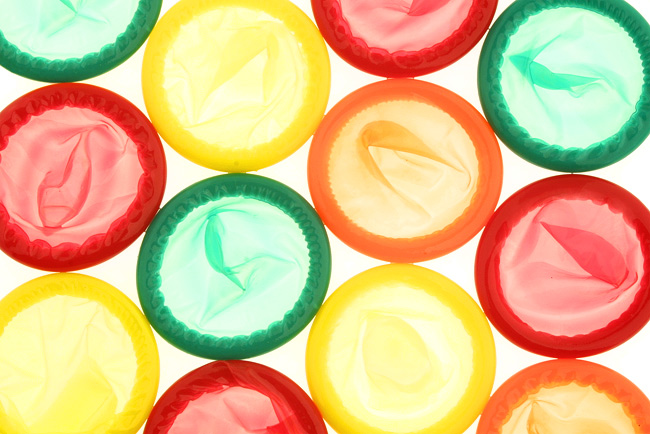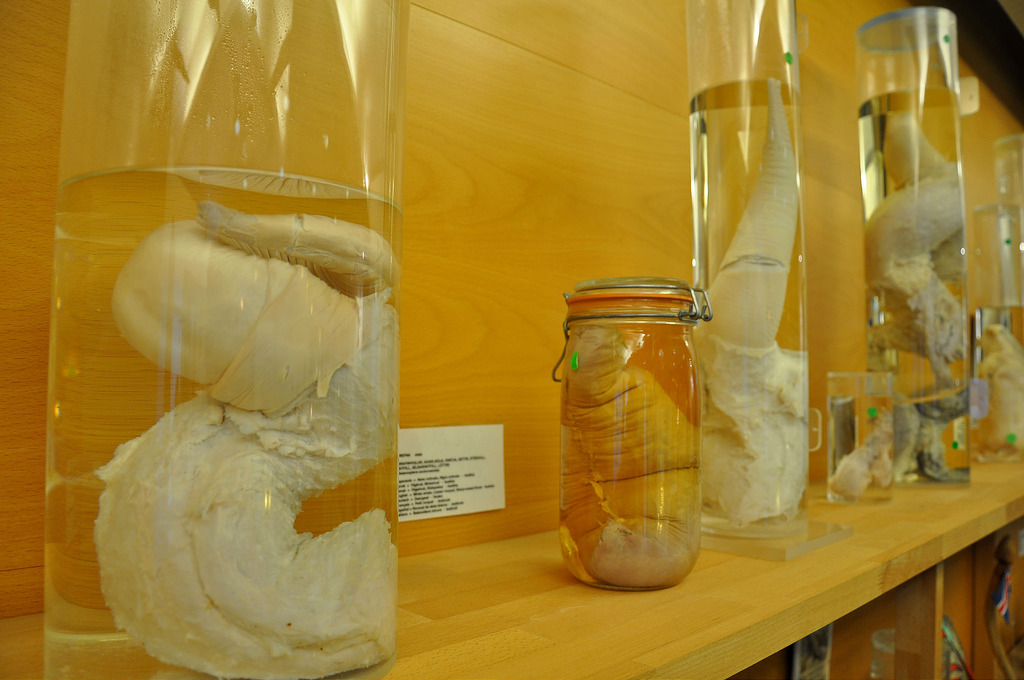As last week on the 18th was International Museum Day, we at Travel and Deal have been contemplating some of the most weird, wonderful and downright bizarre museums across the world. Here is our top 5:
1) The Torture Museum, Amsterdam, The Netherlands
For those of us who have seen the Hostel movies, the idea of this museum definitely sends a shiver down the spine! Amsterdam has long been hailed as the ‘city of museums’ and this is just one of the niche museums the city has to offer. The museum provides a painful insight into the archaic legal practices of the dark past, for example displaying the instruments used during the Spanish Inquisition, and those used by Ecclesiastical lawyers who devised special punishments for the exceptional crimes of witchery and heresy.
For those interested in the terrifying, sadistic side of European History, this museum is a must see.
2) The Momofuku Ando Instant Ramen Museum, Osaka, Japan.
This museum in Japan is, as the name suggests, dedicated solely to instant Ramen noodles and their creator Momofuku Ando. Since their invention Ramen noodles have become somewhat of a cultural phenomenon world over, and at this museum you can even make your own, and of course enjoy the variety of Ramen noodles on offer in The Tasting Room.
So whether you want to pay homage to Mr. Ando for creating the snack which saved many of us from starvation in our student days, or simply want to learn more about the snack which has become integral to various cultures over the world; this is sure to be a fun day out.
3) The Mutter Museum, Philadelphia, USA
Philadelphia’s Mutter Museum is home to one of the most impressive (and obscure!) collections of medical oddities in the world. The museum boasts a collection of 20,000 specimens both wet and osteological, of which only around 13% are on display. As well as a variety of specimens the museum also houses a variety of wax models and historical medical instruments.
The museums collection, originally donated by Thomas Dent Mutter in 1858, was to be used for biomedical research, and to this day if a focal point of interest for scientists, artists and the curious tourist alike.
This cabinet of medical curiosities includes the liver of famous conjoined twins Chang and Eng Bunker, a piece of tissue removed from the thorax of John Wilkes Booth, the assassin of President Abraham Lincoln, and even part of Albert Einsteins Brain.
4)The Condom Museum, Bangkok, Thailand
This is definitely one of the cities quirkier attractions, but far from being sleazy or a barrel or laughs, it’s actually a fantastic initiative by the countries Ministry Of Health to promote sexual health and overcome any negative stereotypes associated with condom use. The museum has several rooms detailing the history of the development of external contraception in Thailand, as well as displaying condoms and other sexual health items from all over the world. Perhaps more interesting is the live testing of the strength and durability of the condoms which takes place. Throughout the museum, the importance of sexual health is highlighted and encouraged. Perhaps more countries need a condom museum!
5) Icelandic Phallological Museum, Reykjavik, Iceland
We’ve saved the wildest for last! Yes, this is what it sounds like – this museum houses the worlds largest collection of penises and penile parts. The collection of 208 specimens from 93 species of animal includes 55 whale penises, 36 from seals and 118 from Land Mammals. In 2011 the museum received it’s first human donation, however due to a mishap it’s detachment and preservation didn’t go quite to plan, so to this day the museum continues to look for a better one (Just in case you’ve ever considered organ donation!)
According to its mission statement the museum seeks to enable individuals to undertake serious study into the field of Phallology in an organised and scientific fashion. After all, it’s a natural part of physiology in which research continues to save lives.

